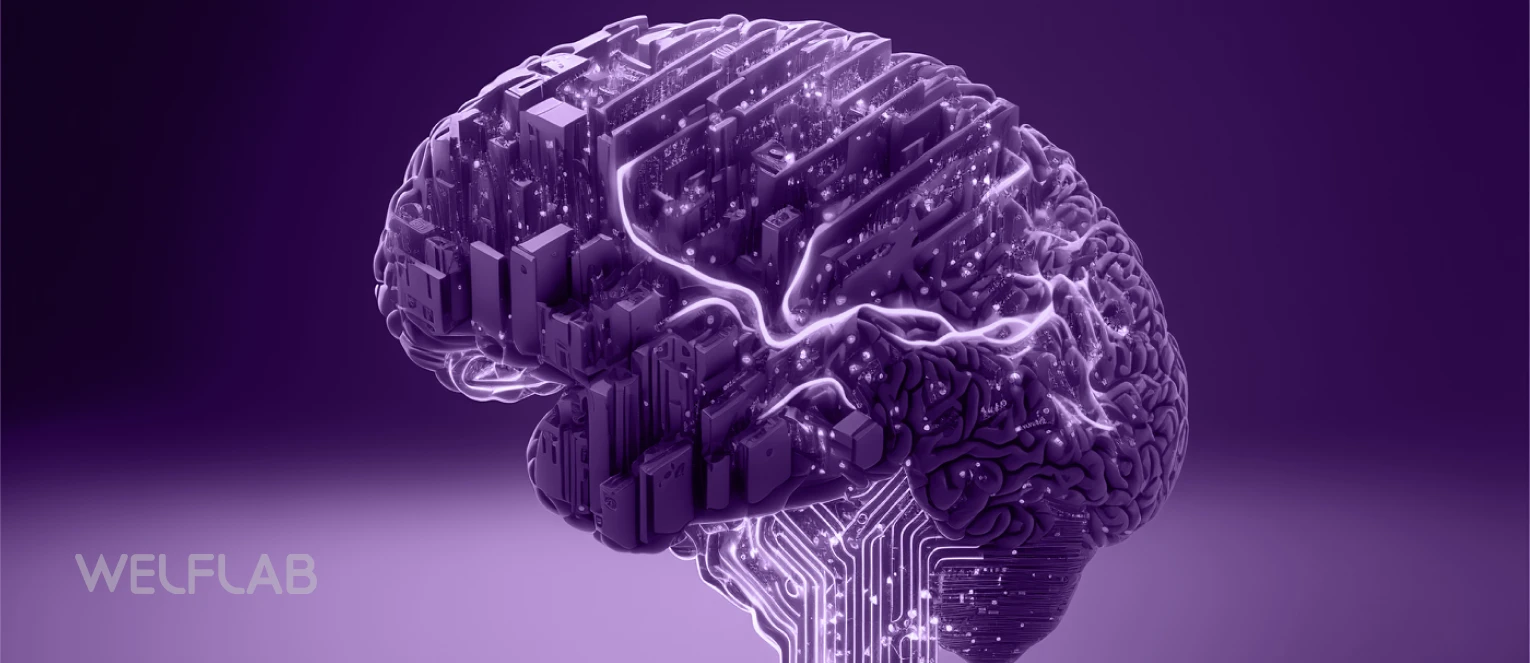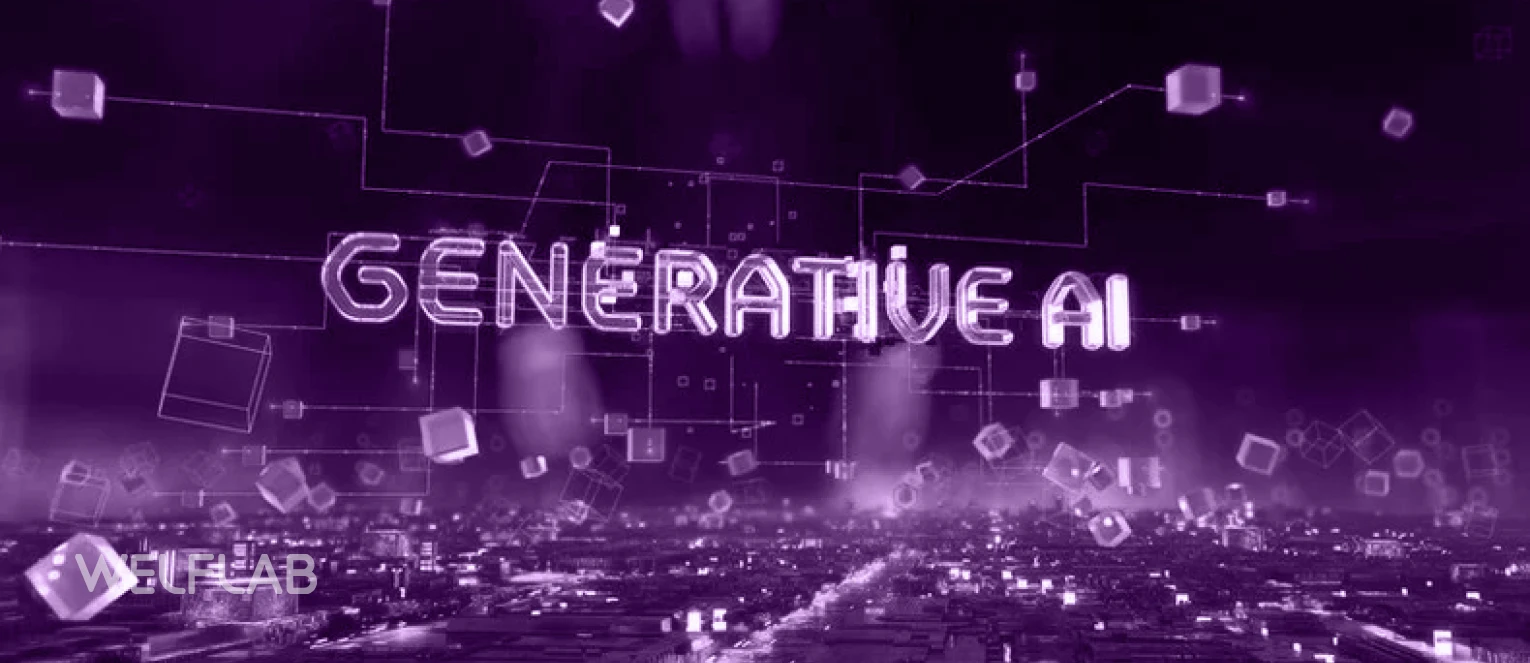Technical Documentation is the unsung hero of the tech world. It plays a crucial role in bridging the gap between complex systems and end users, ensuring that products are understood, used effectively, and maintained efficiently. However, creating and maintaining technical documentation has traditionally been a challenging and resource intensive endeavour. Enter generative AI, a revolutionary technology poised to transform technical documentation generation.
The Vital Role of Technical Documentation
Technical Documentation encompasses a wide array of materials including user manuals, API guides, system documentation, and more. These documents serve as vital resources for developers, administrators, and end users, they provide step by step instructions, explanations, and troubleshooting guides, ensuring that individuals can interact with troubleshooting guides, ensuring that individuals can interact with and troubleshoot complex systems effectively.
Generative AI and documentation
subsequently observe that end users are constantly seeking for information about one of Banayan’s novel features, we get a sense of how significant the product is to our clients, how difficult it is to grasp or use, and what information is possibly missing or difficult to find. We may then highlight more relevant material in the paperwork, create new records, or clarify topics in current content. Tech writers may also be able to see which inquiries ChatGPT doesn’t seem addressing well, and they may be able to help change documents so that it picks up on the proper pieces of information. one observed technical editors migrating closer to the user interface side of the house, where they would spend more time on content strategy, data structure, and documented usability. I can also envisage a future in which the workflow of the tech writer is increasingly closely linked to that of data investigators, researchers in artificial intelligence, and machine learning engineers. The technical writer could use the time he or she would have spent writing to gain a deeper understanding of technical user requirements and critical components of new features worth highlighting in the reference.
Generative AI: The Catalyst for change
Generative AI systems are the driving force behind the transformation technical documentation. These systems are trained to understand the intricacies of technical language, codebases, software architectures, and API specifications. They leverage this understanding to generate documentation that is not only precise but also context- aware.
One of the most significant advantages of generative AI in technical documentation is its ability to generate documentation automatically. It can analyse codebases and software architectures to produce documentation that reflects the current state of the system. This ensures that documentation remains accurate and end up to date even software evolves through updates and iterations.
Efficiency and Accuracy, and real time updates
Efficiency is one of the hallmarks of generative AI in technical documentation. What used to take team technical writers’ hours or even days to produce can now be generated by AI in fraction of the time. This efficiency empowers organizations to reduce documentation lead times and allocate resources more effectively.
Furthermore, generative AI enhances accuracy in technical documentation. By automating data collection and processing, it eliminates the risk of human errors, ensuring that documentation is not only produced faster but is also more reliable. This is especially crucial in the tech world, where inaccuracies can lead to usability issues and customer frustration.
Real-time updates are another remarkable feature of generative AI-driven technical documentation. As software undergoes changes and updates, generative AI can automatically revise documentation to reflect these modifications. This ensures that users always have access to the most current and accurate information, reducing support requests and enhancing the user experience.
Consistency and Customization
Consistency is paramount in technical documentation. Generative AI systems adhere to predefined standards and style guidelines, ensuring that documentation maintains a unified and professional image. This consistency improves user understanding and reinforces a company’s brand image.
Customization is another key benefit. Generative AI can tailor documentation to specific audiences or use cases. For example, documentation for developers may include detailed technical specifications, while end-user documentation may focus on step-by-step instructions. This customization ensures that documentation meets the unique needs of different user groups.
Enhancing User Experience and Reducing Support Overhead
From a user experience perspective, generative AI-driven technical documentation is a game-changer. Users can access precise, relevant, and easy-to-understand information when they need it. This boosts their confidence and satisfaction with the product, potentially leading to increased customer loyalty and reduced churn rates.
Reducing support overhead is another substantial advantage. With accurate and up-to-date documentation readily available, organizations can expect a decrease in support tickets and inquiries related to basic usage questions. This allows support teams to focus on more complex issues, further improving the overall customer support experience.





